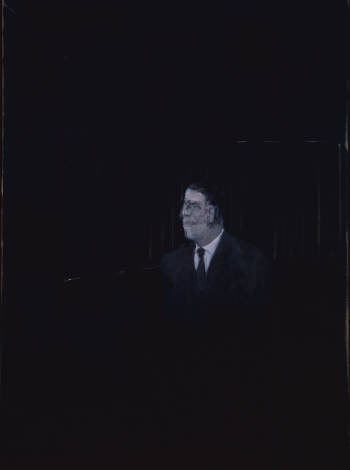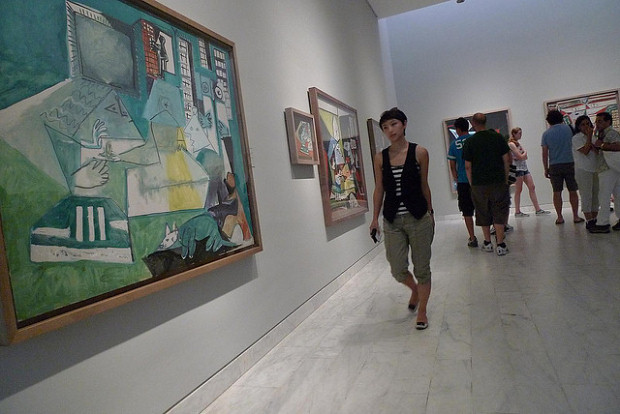30 ноября 2013 - 2 февраля 2014 года.
http://www.mamm-mdf.ru/
«Мультимедиа Арт Музей» представляет выставку работ из коллекции британского художника Дэмиена Херста «Свобода не гениальность». Она будет доступна для просмотра с 30 ноября 2013 по 2 февраля 2014 года.
Почему стоит пойти на эту выставку? Ответ прост: во-первых, Дэмиан Херст принадлежит к той когорте современных художников, которые достигли вершин известности и их работы пользуются огромным спросом в мире искусства; во-вторых, его личность не может не вызывать интерес (и это непосредственно связано с первой причиной). А в-третьих, картины из его коллекции – это работы известных мастеров таких, как Пабло Пикассо, Ричард Гамильтон, Энди Уорхол, Сара Лукас, Вик Мунис и многие другие.
Вращаясь в сфере искусства, Дэмиан Херст не отказал себе в удовольствии стать коллекционером произведений различных мастеров. Конечно, его коллекция «Murderme» («Убейменя») соответствует его эстетическому вкусу и пристрастиям в живописи. Пожалуй, это еще одна причина посетить эту выставку. Вы увидите самые оригинальные и эксцентричные художественные работы. Как и творчество британского художника, они вызовут у вас разные эмоции. Что ж, современное искусство не терпит равнодушия.
http://www.mamm-mdf.ru/
«Мультимедиа Арт Музей» представляет выставку работ из коллекции британского художника Дэмиена Херста «Свобода не гениальность». Она будет доступна для просмотра с 30 ноября 2013 по 2 февраля 2014 года.
Почему стоит пойти на эту выставку? Ответ прост: во-первых, Дэмиан Херст принадлежит к той когорте современных художников, которые достигли вершин известности и их работы пользуются огромным спросом в мире искусства; во-вторых, его личность не может не вызывать интерес (и это непосредственно связано с первой причиной). А в-третьих, картины из его коллекции – это работы известных мастеров таких, как Пабло Пикассо, Ричард Гамильтон, Энди Уорхол, Сара Лукас, Вик Мунис и многие другие.
Вращаясь в сфере искусства, Дэмиан Херст не отказал себе в удовольствии стать коллекционером произведений различных мастеров. Конечно, его коллекция «Murderme» («Убейменя») соответствует его эстетическому вкусу и пристрастиям в живописи. Пожалуй, это еще одна причина посетить эту выставку. Вы увидите самые оригинальные и эксцентричные художественные работы. Как и творчество британского художника, они вызовут у вас разные эмоции. Что ж, современное искусство не терпит равнодушия.













